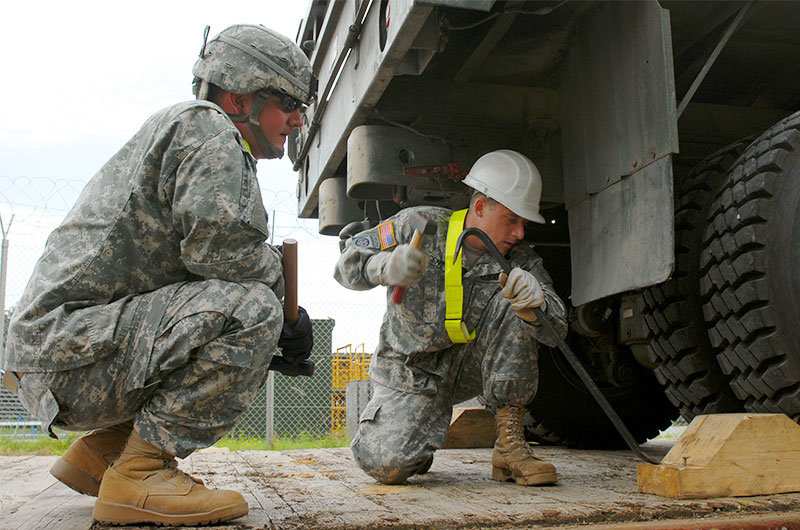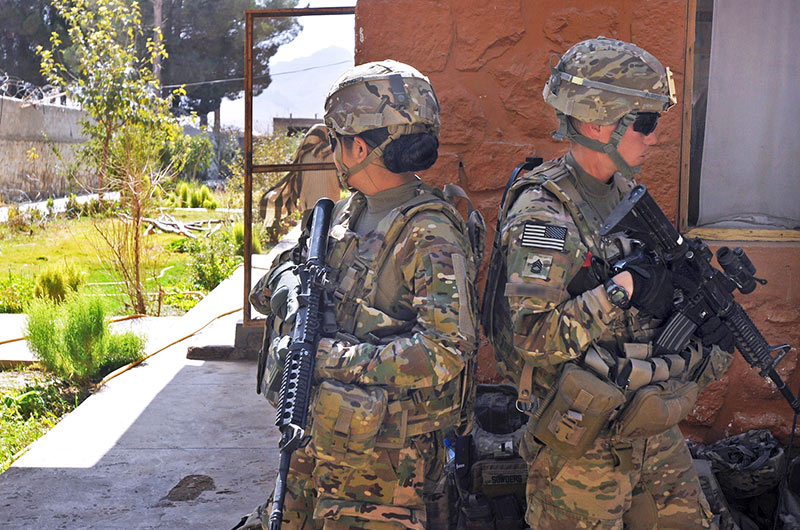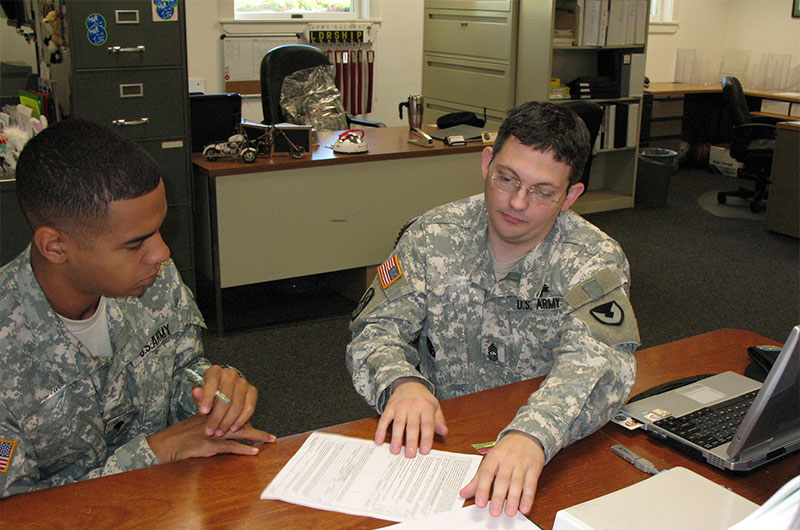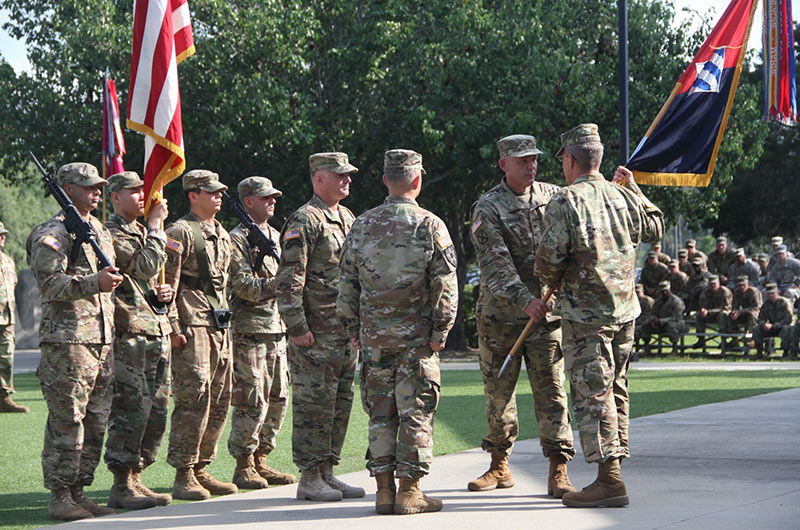Creating a Learning Environment
The goal of a learning environment is to create a positive climate that is effective for subordinate and team growth. Review the interaction below for tips a leader can use to foster a learning environment.
Have a Learning Environment Philosophy

To create a learning environment, you must first consider the following:
- Define what a learning environment looks like to you.
- Identify how you could build this desired learning environment.
- Measure the impact that a learning environment will have on your organization.
You’ll have to ask yourself a few questions throughout the process:
- What does a learning environment look like?
- What support does my unit need to establish one?
- How will I know if the unit is making progress toward the desired end state?
- What should the impact on future organizations be?
Take Initiative

To demonstrate initiative within a learning environment, you:
- Cannot be afraid to challenge how you and your organization operate and must be willing to tactfully confront your boss, if necessary.
- Should be willing to take risks and try new ways of executing tasks.
- Need to personally admit mistakes and be willing to learn from them.
Learn From Mistakes and Setbacks

Accepting mistakes creates a climate that sets the condition for others to learn and try new tasks in new ways.
Reasonable Mistakes
- If a member of your team makes a reasonable mistake, turn it into a learning opportunity. Depending on the context of the mistake, you may need to address the mistake with a group of people as well. Focus the conversation on the learning point, not the person.
Unreasonable Mistakes
- The definition of “unreasonable mistakes” will vary based on the context of the situation but may include repeated mistakes, an individual being unaware of an obvious mistake, or when an individual does not care that a mistake is made. Take immediate action to address or correct the issue, so the Soldier has no doubt that a serious mistake was made.
Make Learning a Priority

Some tactics for making learning a priority include:
- Recognizing learning as a lifelong pursuit.
- Realizing that knowledge gained today can help achieve complex missions in the future.
- Taking time to reflect and consolidate what has been learned.
- Being open to learning opportunities that occur every day.
- Encouraging others to reach their potential.
- Modeling how to develop by developing yourself.
- De-emphasizing rank to be approachable.
Encourage the Acceptance of Change

There are various methods for supporting this quality:
- Challenge how you, your team, and your organization operate. Be curious - question why you do what you do in a particular way.
- Look at change as an opportunity. It could be an opportunity to increase the efficiency or effectiveness of your organization or unit. Also, your positive attitude toward change will spread to others.
- Reward Soldiers and civilians who identify ways to improve themselves or the organization.
Learn from Mission Performance

Learning from mission performance can be accomplished in two ways:
- First, tasks can be assigned to individuals who don’t normally perform them and framed as developmental opportunities. Conduct a risk assessment of the mission to determine the feasibility of making various tasks learning opportunities.
- Analyze performance during and after the mission to reflect and make adjustments as needed.